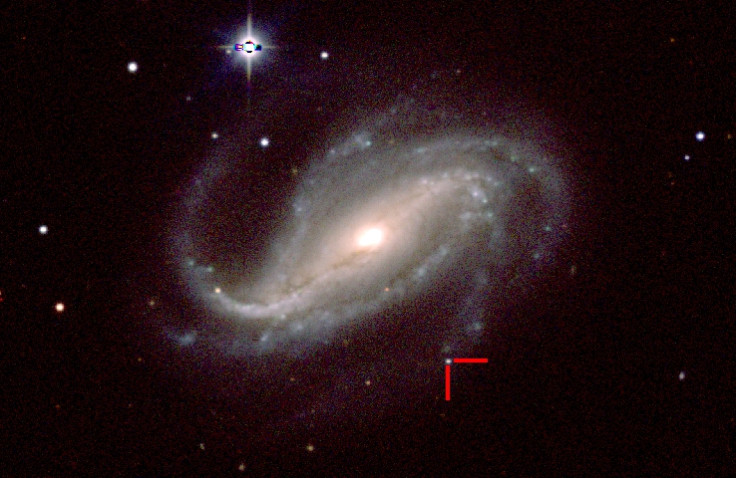An unusual Supernova sends white dwarf hurtling across Milky Way galaxy
Scientists believe that there could be many such stars travelling in our galaxy that remain undiscovered.
An unusual white dwarf star was sent hurtling across our galaxy after surviving a super-powerful explosion. A new study describes the explosion as "partial supernova."
According to NASA, a supernova is the "biggest explosion that humans have ever seen." Each blast is characterised by an extremely bright, super-powerful explosion that occurs when dying massive star collapses. Meanwhile, white dwarf stars are stars like the sun that have reached the end of their nuclear burning stage.
In a new study by researchers at the University of Warwick, focusing on the white dwarf SDSS J1240+6710, located about 1,430 light-years from Earth, the scientists found out that it may have survived partial supernova that sent it hurtling through space at 900,000 kmh. The bizarre white dwarf star was discovered in 2015 and was believed to have unusual atmospheric conditions.
It was reportedly found out that it does not contain the usual substances hydrogen and helium. Instead, it is made up of a strange mix of oxygen, neon, magnesium, and silicon. The investigation was carried out using Hubble Telescope revealing it contains carbon, sodium, and aluminum in its atmosphere.
"This star is unique because it has all the key features of a white dwarf but it has this very high velocity and unusual abundances that make no sense when combined with its low mass," said lead author Boris Gaensicke from the Department of Physics at the University of Warwick in a statement as per the news release.
The findings apparently open up the possibility of many more survivors of supernovae that remain undiscovered as they are travelling through the Milky Way. In addition, scientists hope to find out other types of supernovae that humans may have never witnessed before.
"It has a chemical composition which is the fingerprint of nuclear burning, a low mass and a very high velocity: all of these facts imply that it must have come from some kind of close binary system and it must have undergone thermonuclear ignition. It would have been a type of supernova, but of a kind that we haven't seen before," Gaensicke added.
The scientists theorise that the nuclear blast disrupted the white dwarf's orbit with its partner star in the binary system pushing away the large proportion of mass.

"If it was a tight binary and it underwent thermonuclear ignition, ejecting quite a lot of its mass, you have the conditions to produce a low mass white dwarf and have it fly away with its orbital velocity," he added. It is believed the SDSSJ1240+6710 is a survivor of an unknown supernova.
The study was published in Monthly Notices of the Royal Astronomical Society.
© Copyright IBTimes 2025. All rights reserved.





















